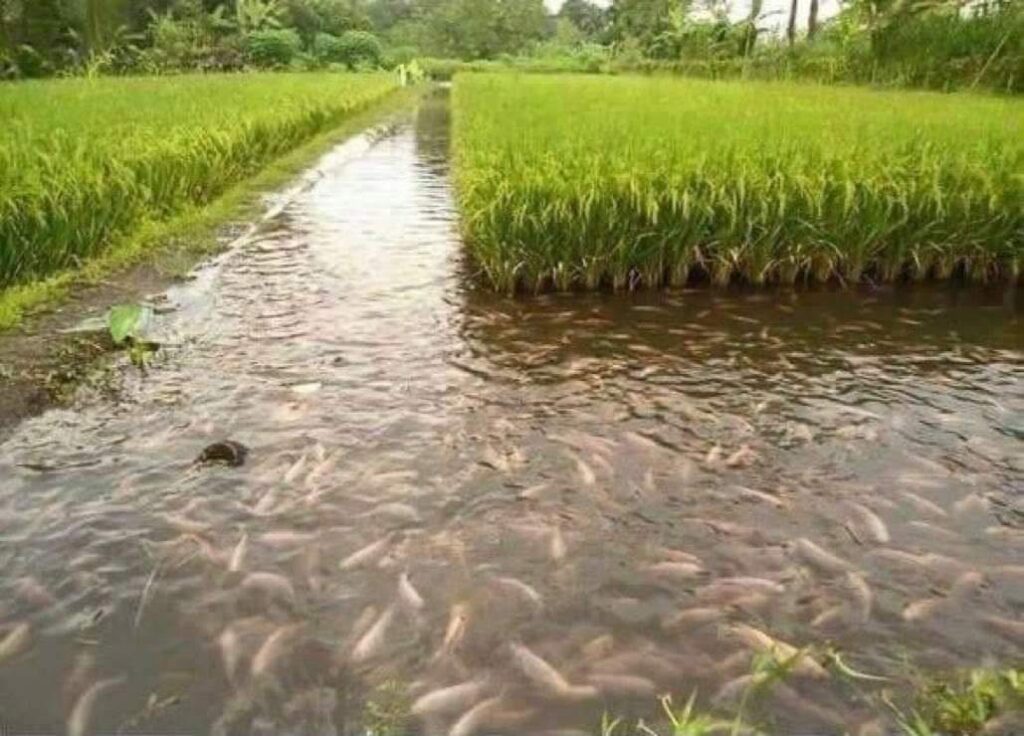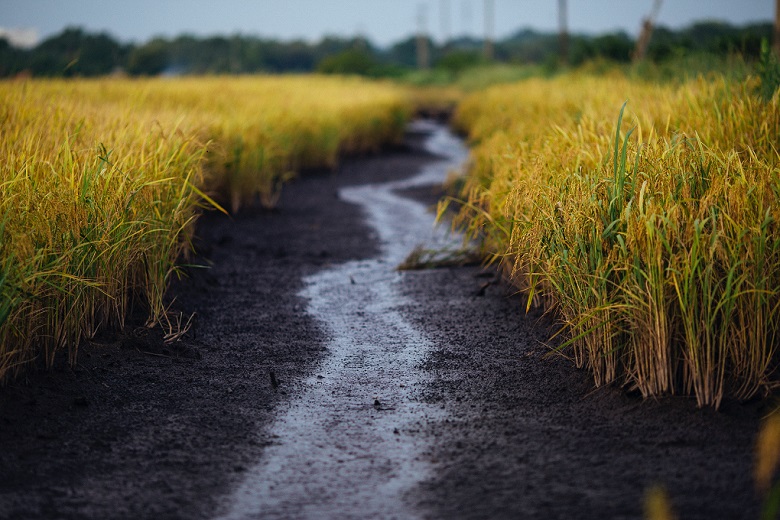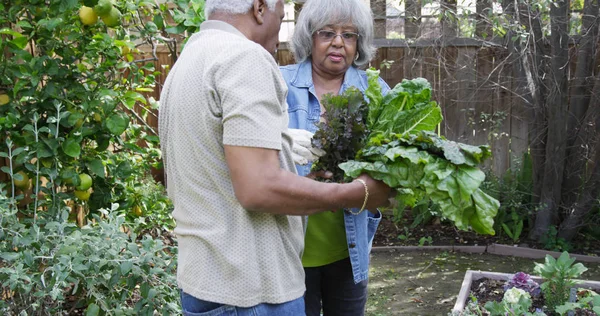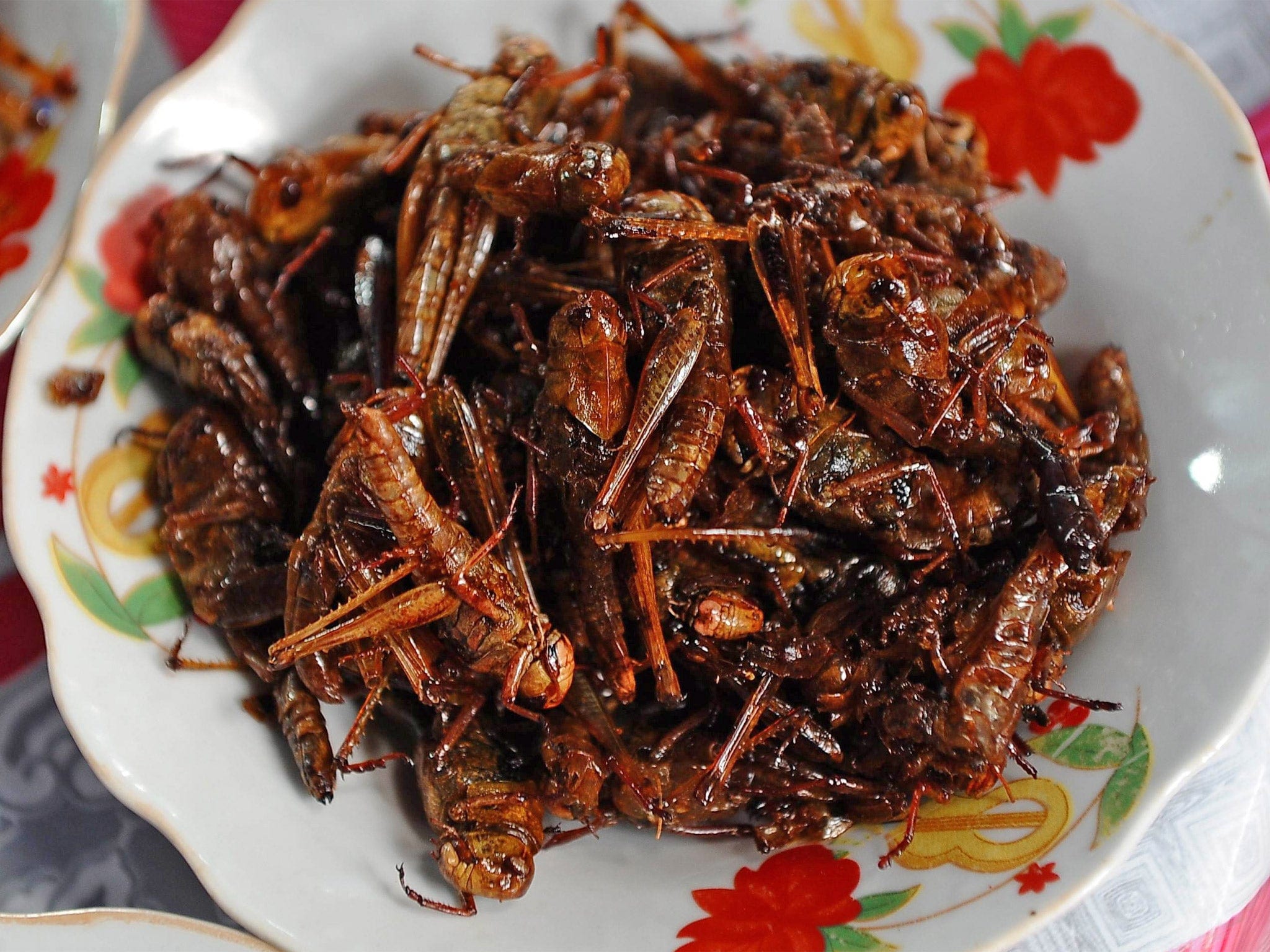Are you looking for money you can make growing rice in Kenya? In this post learn how to budget and estimate the typical costs and profits of rice farming. The guide will use the Cost-benefits analysis method.
The major costs for growing ricer per acre include fertilizer, irrigation water, weeding, and bird scaring costs. On the other hand, your main sources of income in rice farming are the sale of milled and unmilled rice grains and the sale of other by-products such as straw and bran
In this post, you will learn how profitable is rice farming in using irrigation farming in a place like Mwea, Bura, or Ahero.
Why you should grow More rice
Rice is grown by over 500,000 small-scale farmers in Kenya for cash and food. It is a huge contributor to better livelihoods and food security in the country. Here are the reasons why you should consider farming rice either under irrigation or rainfed ecosystems.
- Nutritional & Health Value: Rice is a rich source of carbs, vitamins, and minerals, gluten-free, low in fat, promoting physical and mental well-being.
- High Demand: In Kenya, rice ranks third after maize and wheat, indicating significant market demand.
- Profitability: Modern practices like the System of Rice Intensification (SRI) make rice farming lucrative.
- Diversification: Integrating rice with fish farming, legumes, and horticulture diversifies income streams.
- Environmental Impact: Rice farming reduces soil erosion, and enhances soil fertility.
- Employment: Creates job opportunities, especially in rural areas, supporting both skilled and unskilled labor.
Is there a Market for Rice in Kenya?
Is There a Market for Rice in Kenya?
Wondering if there is an available market for rice in Kenya? The section below is a summary of the demand and supply of rice in Kenya.
- Rice is currently ranked the 3rd most important cereal after maize and wheat in Kenya.
- The aggregate consumption of rice in Kenya was 800,000 metric tons in 2019
- The average per capita rice consumption is around 20.6 kg per person
- Domestic rice production only meets about 22% or 180,000 metric tons.
- Kenya Imports about 78% or 620,000 metric tons of rice she consumes
- Major rice import sources for Kenya include Pakistan, India, Thailand, and Vietnam.
- About 80 percent or 144,000 metric tons of rice grown in Kenya is from irrigation schemes, while the remaining 20 percent is produced under rain-fed conditions.
Assumptions for Profitable Rice Farming in Kenya
Increasing the rice productivity per acre of your farm will reduce its costs of farming. As a result, you increase your profits, thus ensuring profitable rice farming. To farm rice commercially and make a budget for it, we make the following assumptions for your project.
- Implement sustainable methods like the System of Rice Intensification (SRI) for higher productivity.
- Choose rice varieties that are suitable for your area.
- Consider growing complementary crops like horticulture in the off-season.
- Use cost-effective methods, such as nets, to control migratory pest-birds. Manage input costs diligently.
- Join a cooperative to stay informed about market demand, strengthen capacity, and enjoy public-private partnerships in the Rice Value Chain.
Revenues for Rice farming in Kenya

How much money can you make in growing rice per acre in Kenya? Your sales revenue is a sum of income from selling rice, and its by-products. To get individual revenues for each, get the product of your yield and the average market price.
In Kenya, growing rice per acre can yield around Ksh 135,000, assuming an average yield of 5 tons per acre and a farmgate price of Ksh 35,000 per ton. This calculation includes income from selling paddy rice only. If you engage in rice milling or processing, you could earn additional income from milled rice, rice bran, and broken rice. You can also sell stalks as livestock fodder and husts.
Considering these factors, your total income could potentially reach around Ksh 175,000 per acre.
What are the Costs for irrigated rice farming in Kenya?
According to this analysis, The cost of planting 1 acre of irrigated rice in Kenya is sh 60,000. These costs include land and nursery preparation, purchase of inputs, and labor. Others are for transport, buying seeds, and weeding among others.
In this comprehensive farming guide, learn how to grow the best quality japonica (pishori) rice in Kenya. It will break down costs and requirements to get the highest yields.
Land and water supply Costs
Irrigated rice is produced in the following irrigation schemes in Kenya.
- Nyanza (West Kano and Ahero; – 3520 ha),
- Western (Bunyala scheme covering an area of 516 ha and
- The Mwea irrigation scheme covers an area of 9000 ha.
- Coastal areas of Kwale County.
- Hola and Bura irrigation schemes
In total, the total irrigation area covers approximately 130000 ha.
As a farmer, your costs of accessing the land and water supply go to the National irrigation board (NIB) and Water Users Association.
If you are in Mwea, you will pay KES 2000/acre for water and operations management services if you are inside the scheme. For the outgrowers, it will cost you KES 1000 /acre. In Nyanza and Western, you pay between KES 3200 and KES 4000 per acre because water is pumped using electricity.
Land Preparation
In irrigated rice farming, the initial step for high yields is meticulous land preparation. It involves
- Clearing and Leveling:
- Remove weeds or stubble.
- Use animals to trample and aerate the soil.
- Slash or burn weeds, or incorporate them into the soil.
- Plowing and Flooding:
- Plow fields with a tractor equipped with rotavators.
- Flood fields to a 10 cm depth.
- Maintain water above ground level (2-5 cm) after flooding.
- Manure Application:
- Apply well-decomposed manure before rotavation.
- Puddling and Leveling:
- Puddle fields.
- Level using a tractor or ox-drawn leveler, burying uprooted weeds.
- Timely Preparation:
- Till and flood land at least 15 days before transplanting or direct sowing.
Rice seed variety selection
Planting healthy certified seeds is your secret to high profits. The best rice seed should give you plenty of yields at harvest. It should also make life as a farmer by resisting common problems like pests, diseases, and bad weather.
Kenya has over 26 seed varieties, Select the improved varieties that are known to have higher yields. You can see our rice seed varieties selection guide to choose the best seeds.
The recommended seed rate for the nursery is 100 g/m2.
Setting up a rice nursery
The next step is sowing seeds in a nursery to raise strong seedlings.
In Kenya, there are five types of rice nurseries: wet, dapog, dry, mar, hymeric, and bubble trays. The wet bed nursery, being both common and economical, is recommended.
Begin its preparation at least two weeks before planting. Form beds with a width of 1 to 1.5 meters, a height of 4-5 centimeters, and a convenient length. Two days before sowing, pre-germinate the seeds through 24 hours of soaking followed by 24 hours of incubation. Minimize or avoid applying fertilizer in the nursery. Handpick and destroy rolled leaves which is an indication of Rice hispa and Stem borer attack in the nursery
Plant the pre-germinated seeds on the beds. For transplanting one hectare of the main field, approximately 50 kg of seed sown in a 500 m2 seedbed area is needed.
Transplanting
Transplant rice seedlings at the 5th leaf stage, 15 days after sowing, handling them carefully to avoid breakage. Opt for shallow transplanting (1-2 cm depth) with a spacing of 20 x 20 cm to 25 x 25 cm, planting 1-2 seedlings per hill. Avoid using over-elongated sprouted seeds. Adjust spacing for low-tillering varieties. Irrigate at 2-5cm depth post-transplanting. Trim seedling tops to prevent pest transfer. Plant in lines and use a guide rope for efficient transplanting
Fertilizer and Manure application
Looking for the best fertilizers for irrigated rice farming in Kenya? Fertilizers play a crucial role in optimizing crop yield. Fertilizers can be applied in organic or inorganic forms, and ideally, farmers should base their decisions on soil analysis, recommended to be conducted every four years.
| Application | Reccomended Application rates |
| Planting | Phosphatic Fertilizer: Use Triple Superphosphate (TSP with 48% P). Apply at planting, ranging from 1-2 bags per acre based on soil test phosphorus (P) levels. Potash Fertilizer: Apply Muriate of Potash (60% K2O) at 1 bag per acre during planting. Zinc Fertilizer: Apply Zinc Sulphate at 12 kg per acre by broadcasting before planting. Repeat this application after every two seasons. |
| Top Dressing | Nitrogenous Fertilizer: Use Sulphate of Ammonia (21% N). Apply at 3-4 bags per acre in two equal splits. First split: 1.5-2 bags per acre at 21 days after transplanting (DAT). Second split: A similar amount at the booting stage (45 DAT). Rates depend on the rice variety and soil test results. |
You are advised to consider the specific rice variety and the soil test results rather than the above general recommendations.
An integrated soil nutrient management method is combining organic and inorganic fertilizers. There are 2 alternatives for this management.
- ½ the inorganic fertilizers + 2 tons/acre of cattle manure
- Fertilizer full rate + 2 tons/acre Rice husk powder or rice husk charcoal
On average farmers spend about KES 12,250 per Hectare (KES6,000 per acre) on fertilizer in rice farming in Kenya. (in 2019 prices)
Irrigation
After transplanting, cover your rice plants up to 80% of their height for 3-7 days to help them settle and grab more water. During booting to 14 days after heading, give your rice extra water as this is a critical time for pollen and fertilization. About a week before harvest, let the field drain to firm up the soil for a smoother harvest and speed up grain drying.
Remember, using water wisely is key. Repair levees to stop leaks, clear weeds so they don’t steal water from your rice, and build up levee height to prevent runoff. Water management is vital, so pay attention to these steps for a successful rice crop!
Weed Control
Keeping weeds in check is crucial for a successful harvest. Start with using weed-free seeds at planting to avoid weed transfer to your rice farm. Keep your tools and livestock managed well, and make sure the bunds (levees) and canals are weed-free too.
2 weddings are recommended. Do hand hoeing twice at 20 and 50 days after sowing helps, especially for problematic weeds like Echinochloa spp. Black Jack, Sedges, and Digitaria spp. For those, use a combo of methods like using weed-tolerant rice types, hand weeding, cultural practices, and sometimes herbicides.
Mechanization is handy too, with tools like a walk-behind rotary weeder. You can weed your paddy every two weeks with a rotary weeder or 2-3 times in the season. If using herbicides, follow commercial rates, read labels carefully, and seek advice if needed.
Lastly, apply nitrogen three times and consider Azolla farming cover to keep pests like whorl maggots and leaf miners in check.
Pest Control
Rice farming in Kenya is affected by many pests. They include insects, quelea birds, and stem borers. Consider Integrated pest management strategies, regular field monitoring, and the use of rice-resistant seed varieties to get high-quality rice crops. The list below identifies the key pests affecting rice farming in Kenya and the top recommended methods
- Insects: Grasshoppers, Crickets, Rice-Sucking Bugs, Stenocoris spp., Mirperus spp., Green Stink Bug, Leaf Hoppers, Plant Hoppers, Leaf Mining Beetles, Whorl Maggot, Rice Caseworm:
- Management: Use insecticides selectively, encourage natural predators, and rotate crops to disrupt pest cycles.
- Stem Borers: Stalk Eyed Fly, Spotted Stalk Borer, Pink Stalk Borer, African White Rice Stem Borer:
- Management: Choose early maturing rice varieties, practice good field sanitation, and integrate biological control methods.
- Vertebrate Pests: Quelea Birds, Wild Geese, Rodents, Storage Pests:
- Management: Employ scare devices, and physical barriers like bird nets, and maintain proper storage hygiene.
Disease Management
The most serious diseases of rice are: Rice blast disease (Magnaporthe grisea), Rice Yellow Mottle Virus (Sobemovirus), Bacterial leaf blight (Xanthomonas oryzae pv. oryzae), brown spot (Bipolaris oryzae) and sheath and leaf blights For more details see this rice farming manual in Kenya.
The table below is a summary of managing rice diseases in Kenya.
| Rice Disease | Management |
| Rice Blast Disease | Keep fields clean, avoid overcrowding, and use resistant rice varieties when possible. |
| Rice Yellow Mottle Virus | Plant virus-resistant rice varieties. Eliminate virus-carrying insects through proper field hygiene. |
| Bacterial Leaf Blight | Use disease-resistant rice varieties. Practice crop rotation and avoid waterlogging |
| Brown Spot | Opt for disease-resistant rice varieties. nsure proper field drainage to reduce moisture |
| Sheath and Leaf Blights | Practice crop rotation. Maintain proper field sanitation. Use disease-resistant rice seeds |
Labor costs
Rice farming in Kenya has high labor costs. It can go up to Ksh 32,000. These activities include land preparation, paddling/leveling, sowing/transplanting, band clearing, bush clearing, weeding, bird scaring, harvesting (cutting and stacking), threshing and winnowing, drying and bagging, loading and off-loading and weighing.
Harvesting

Harvest rice when leaves turn yellow and grains are hard with 20-22% moisture. Don’t wait too long to avoid losses during cutting and drying. Early harvesting means less rice, immature seeds, and potential storage diseases. Harvest when the field is dry, waiting a week or 10 days after rain. Use a sickle for precision or go for faster hill harvesting. Cover harvested rice with tarpaulins to protect it from rain and dew. Be cautious with machines; quick drying can lead to more broken grains. Keep a close eye on timing and methods for a successful harvest
Threshing
Threshing rice means separating grains from panicles. Rubbing, impacting, or stripping works. Mechanical threshers usually impact and may strip too. A paddy thresher can hold or throw in an unthreshed paddy. Keep each variety separate for true-to-type grains. After threshing, hand separate grain from straw and clean with winnowing. Be careful—manual beating or lifting bundles just before threshing can cause grain loss. Watch for grain sticking in the mud and birds snacking.
Drying
Rice losses during dryingares mainly due to grain kernel cracking, with potential grain loss. Inadequate drying can make the entire harvest inedible. Avoid direct sun drying to prevent grain breakage during milling. Some places use windrowing to dry cut paddy in the field for 3 to 7 days, depending on weather conditions. If threshing is delayed, store harvested paddy bundles in a dry, well-ventilated, shady place to prevent excessive heating. Ideally, most grains should be dried within 2-3 days of harvest.
Transport Costs
Rice transport and marketing involve various channels. Farmers incur transport costs when delivering produce to cooperative stores, middlemen, or their homes. Some sell at the farm gate without incurring extra costs. Transport charges vary based on factors like rice quantity, distance, and road terrain, ranging from KES 225 to 3000 per bag. On average, farmers spend around KES 1800 on transporting paddy rice to different buying points.
Marketing
Rice is marketed through diverse avenues, including small and large-scale millers, cooperatives, open-air markets, supermarkets, traders, middlemen, the National Cereals and Produce Board (NPCB), and importers. By-products like straw and bran cater to the feed industry. The marketing process involves navigating a range of options for farmers to sell their rice and its by-products.
How Profitable is Rice Farming in Kenya?
According to this example, rice farming in Kenya is very profitable. Below are the total costs, revenues, and net profit of irrigated rice farming in Kenya.
The total cost of rice farming is around KES 57,870.50. It’s by adding all costs and variable costs of rice farming On the other hand, your revenues can be determined by Revenue = Quantity * Selling Price. In this example, the Revenue = 5 tons * 35,000 KES per ton giving you 175,000 KES
Net profit is calculated by subtracting the total costs from the revenue. NetProfit=Revenue−TotalCosts. In this example, it is 175,000KES−57,870.50KES =117,129.50KES
So, the net profit of irrigated rice farming in Kenya would be KES 117,129.50.



